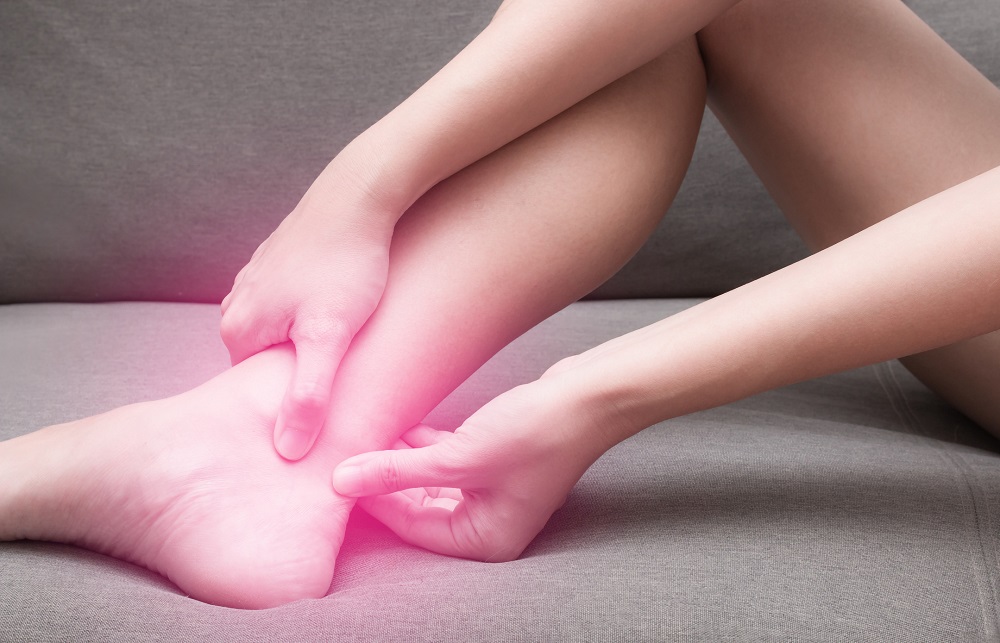Achilles Tendonitis: A Complete Guide

As a band of connective tissue, the Achilles tendon is an integral part of your lower leg. Calf muscles attach to the heel by this ligament. The tendon helps you point your foot down, rise on your toes, and push off when you walk. Every time you move your leg, you rely on this tool. However, overuse of the tendon might increase its vulnerability to damage. If this happens, immediately visit KDMS Hospital (โรงพยาบาลกระดูกและข้อ KDMS, which is the term in Thai)
A ruptured Achilles tendon affects the back of the lower leg. It’s most common among persons who participate in leisure activities, although it can happen to anyone. An initial acute pain in the back of your ankle and lower leg can be expected if your Achilles tendon ruptures. This agony is likely to make it difficult for you to walk. In certain cases, surgery might be needed to fix the rupture. On the other hand, nonsurgical treatment works just as effectively for many people.
Causes
Within 2 1/2 inches of the heel bone, the tendon is most likely to rupture, resulting in a loss of motion in the heel. Because of the insufficient blood supply, this area may be more prone to rupture and, thus, be less able to mend.
- Intensifying Engagement In Sports, Especially Those That Include Jumping
- Ascending From An Altitude
- Getting Stuck In A Crevice
When Should You Go To The ER, KDMS Hospital?
- A “pop” or “snapping” can be heard.
- Feel like you’ve been slammed in the back of the leg.
- You no longer can adequately balance, flex, or walk on your toes.
It is possible that a torn Achilles tendon will not be painful. Even if you can walk and don’t feel any pain, you should seek medical assistance if you hear a loud pop.
In The ER, What To Expect
A doctor or nurse will examine your ankle, feet, and legs. They may inquire about your exercise routine. A magnetic resonance imaging (MRI) exam may be ordered. The tendons are visualized with magnets in this examination. You may undergo ultrasonic imaging as well. Ultrasound uses sound waves to get a clear picture of the wounded area.
An orthopedic surgeon or a primary care sports healthcare professional from KDMS hospital will see you if the tendon has ruptured. They will sit down with you and go over your treatment options.







